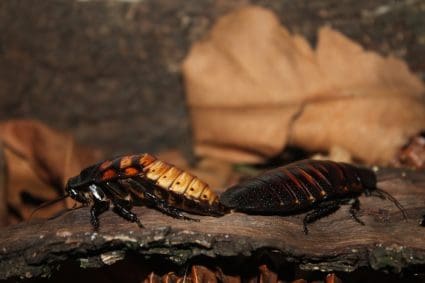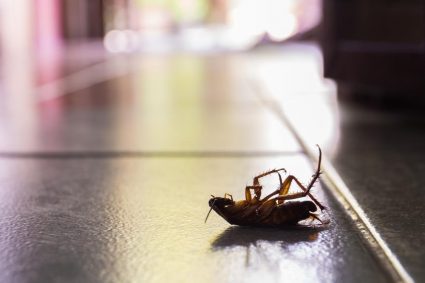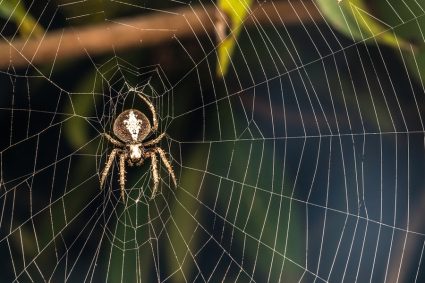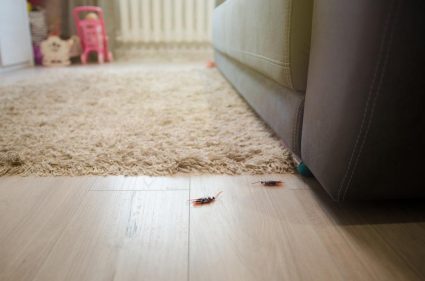
Diatomaceous Earth (DE) is a naturally occurring, soft sedimentary rock made from the fossilized remains of diatoms, a type of hard-shelled microalgae. It has a wide array of uses, including as an insecticide in organic gardening. But how effective is it for leafhopper control? This article will provide an in-depth analysis of the effectiveness of DE in killing leafhoppers and how to properly use it in your garden.
Yes, Diatomaceous Earth (DE) can kill leafhoppers. It works by physically damaging the exoskeleton of the leafhoppers, causing them to dehydrate and die. However, its effectiveness can be short-lived in rainy or damp conditions, and it can also affect beneficial insects. It’s important to use food-grade DE and apply it to dry plants for the best results.
What is Diatomaceous Earth?
Diatomaceous Earth is composed mainly of silica, a common component of rocks, sands, and clays. It works as an insecticide by physically killing pests rather than using chemicals. DE particles abrade and puncture the tough, waxy layers that coat the exoskeleton of insects and pierce the soft bodies of other pests like slugs. This causes the pests’ body fluids to leak out, leading to dehydration and death within a short time.
How Does DE Work Against Leafhoppers?
Leafhoppers are small, sap-sucking insects that feed on leaves and stems and may transmit viral diseases to plants. DE is particularly effective against soft-bodied insects like leafhoppers. When applied to plants, DE particles wedge into the head and leg joints of these insects, absorbing moisture from their exoskeletons and causing dehydration, eventually leading to their death.
However, it is essential to note that DE’s effectiveness is short-lived after rain or watering, so timing is crucial for successful pest control.
How to Apply Diatomaceous Earth for Leafhopper Control
- Use food-grade DE: Ensure you are using food-grade Diatomaceous Earth, as it is safe for use in gardens and around pets and children.
- Apply DE to dry plants: DE is most effective when applied to dry plants, as wet DE loses its drying and cutting effect needed to work against pests. Make sure the plants are dry before application.
- Cover the entire plant: Apply DE to both the upper and lower surfaces of the leaves, as well as the stems, to ensure thorough coverage. This will increase the chances of leafhoppers coming into contact with the DE.
Risks and Drawbacks
While DE is effective for leafhopper control, there are several potential risks and drawbacks to its use:
- Non-selective: DE cannot differentiate between pests and beneficial insects like pollinators. When applied near flowers, pollinators are at risk.
- Ineffective when wet: DE loses its effectiveness in rainy or damp conditions, requiring frequent reapplications.
- Irritant: DE’s fine, powdery composition can irritate the nose, skin, and eyes upon contact or inhalation. It is essential to wear masks and goggles when applying it.
Conclusion
In conclusion, Diatomaceous Earth is an efficient and eco-friendly method for controlling leafhoppers. It is safe for humans, animals, and most beneficial pollinators, making it a suitable option for Integrated Pest Management (IPM) strategies. However, it is essential to consider the potential drawbacks and weigh them against the benefits before using DE in your garden.
Frequently Asked Questions
Can Diatomaceous Earth be used for other pests as well?
Yes, Diatomaceous Earth is effective against a wide range of pests, including aphids, mites, ants, and snails. It can be used both indoors and outdoors for pest control.
Where can I buy Diatomaceous Earth?
Diatomaceous Earth can be purchased from gardening stores, home improvement stores, and online retailers. Always make sure to buy food-grade DE for gardening purposes.
Is there any specific time to apply Diatomaceous Earth for maximum effectiveness?
It’s best to apply Diatomaceous Earth in the early morning or late evening when the plants are dry and the pests are most active. Remember to reapply after rain or heavy dew.
Can Diatomaceous Earth harm my pets?
Food-grade Diatomaceous Earth is non-toxic to pets and humans. However, like any dust, it can cause respiratory irritation if inhaled in large amounts. It’s advisable to keep pets away during application to avoid any potential irritation.
How long does it take for Diatomaceous Earth to kill leafhoppers?
Diatomaceous Earth begins to work immediately upon contact, causing pests to dehydrate and die. However, the time it takes to kill leafhoppers can vary, usually within a few hours to a few days, depending on the size of the insect and the amount of DE they come into contact with.











